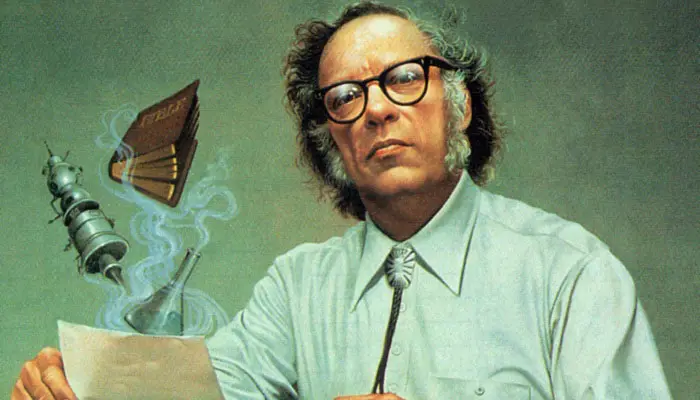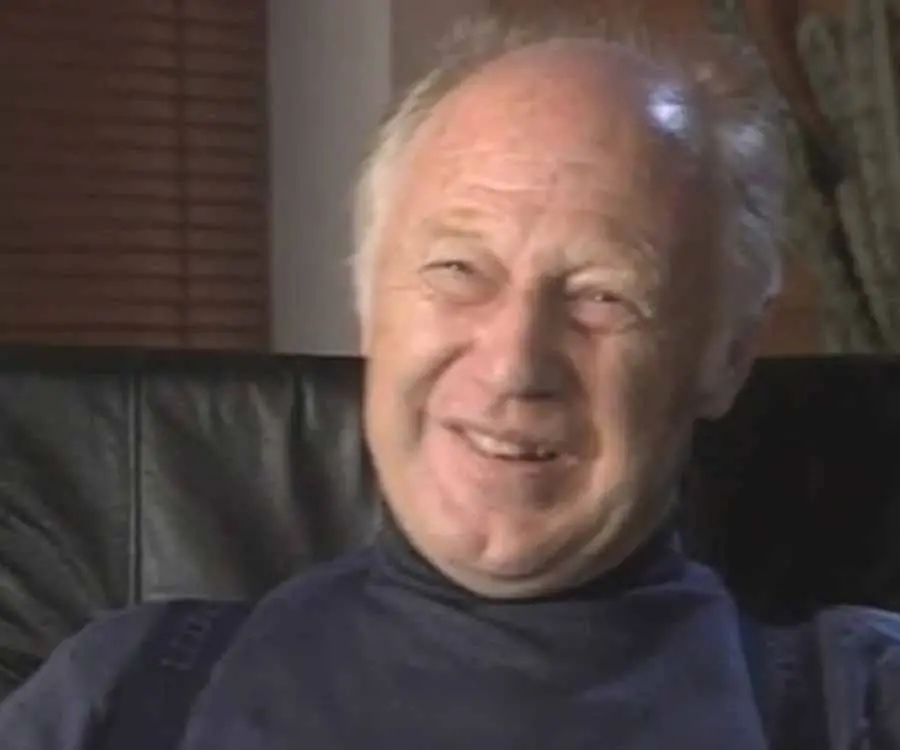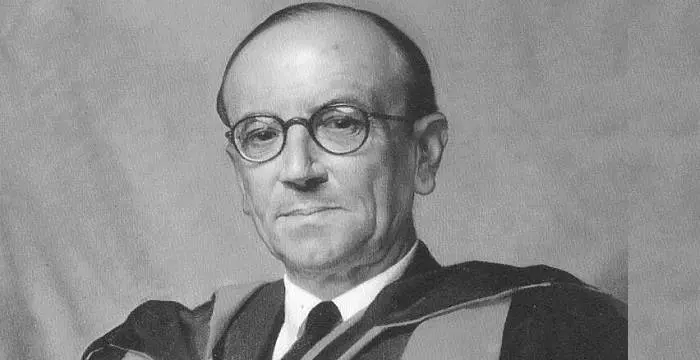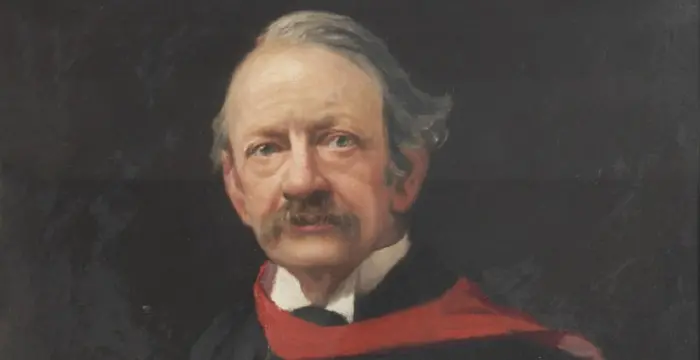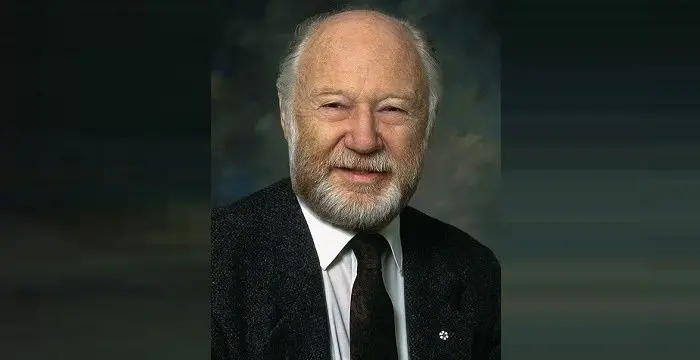
Michael Smith (Chemist) - University Of Manchester, Birthday and Childhood
Michael Smith (Chemist)'s Personal Details
Michael Smith was a British-born Canadian biochemist who won a share of the 1993 Nobel Prize in Chemistry
| Information | Detail |
|---|---|
| Birthday | April 26, 1932 |
| Died on | October 4, 2000 |
| Nationality | Canadian |
| Famous | University Of Manchester, Scientists, Biochemists |
| Spouses | Helen Wood Christie |
| Universities |
|
| Notable Alumnis |
|
| Birth Place | Blackpool, England |
| Gender | Male |
| Father | Rowland Smith |
| Mother | Mary Agnes Smith |
| Sun Sign | Taurus |
| Born in | Blackpool, England |
| Famous as | Biochemist |
| Died at Age | 68 |
// Famous Biochemists
Robert Huber
Robert Huber is a German biochemist and Nobel Laureate. Check out this biography to know about his childhood, life, achievements, works & timeline.
Charles Best
Charles Best was a great scientist and a renowned physiologist who is remembered for being the co-discoverer of insulin. Read this biography to learn about his profile, childhood, life and timeline.
Isaac Asimov
Isaac Asimov was an American professor of biochemistry and a renowned author of science fiction and popular science books. Read this biography to know more about his life.
Michael Smith (Chemist)'s photo
Who is Michael Smith (Chemist)?
Michael Smith was a British-born Canadian biochemist who won a share of the 1993 Nobel Prize in Chemistry for his work in developing site-directed mutagenesis. His work enabled researchers to introduce specific mutations into genes and paved the way to study gene therapy approaches for cystic fibrosis, sickle-cell disease, and hemophilia, among other applications. Born in England into a family of humble means, he grew up to be a good student and was able to continue his school education beyond a certain level because of a scholarship. He went to the prestigious Arnold School where he developed an interest in chemistry. As a young boy he also witnessed the devastation and loss of lives caused by the World War II even though his family lived in a relatively safe place. After his schooling he was able to procure another scholarship and entered the chemistry honors program at the University of Manchester. Eventually he completed his PhD under the supervision of H.B. Henbes. He then moved to Canada to begin his postdoctoral research with Har Gobind Khorana at the British Columbia Research Council in Vancouver. It was in the 1970s that he, along with his colleagues began the breakthrough research in DNA sequence that ultimately earned him the Nobel Prize.
// Famous University Of Manchester
James Chadwick
Sir James Chadwick CH was an English physicist, who won the 1935 Nobel Prize in Physics for his discovery of neutron. Check out this biography to know about his childhood, life, achievements, works & timeline.
J. J. Thomson
J.J. Thomson was an English physicist and mathematician. This biography profiles his childhood, life, academic career, research and timeline.
Milo Yiannopoulos
Milo Yiannopoulos is a British technology journalist. Let’s have a look at his family, personal life, career, achievements, controversies, and some facts.
Childhood & Early Life
Michael Smith was born on 26 April 1932 in Blackpool, England, to Mary Agnes Smith and Rowland Smith. Both of his parents were hard working people of humble origins.
He had his early schooling at the local school, Marton Moss Church of England School. In 1943 he appeared for the “Elevenplus" examination which was used in the English schools in those days. The students who cleared the examination became eligible to receive a scholarship for academic education. Being from a modest background, it was Smith’s only option to avail higher schooling.
He cleared the examination and was admitted to the prestigious Arnold School on a scholarship. It was here that he realized his deep love for chemistry. During his schooling he also became a boy scout. As a young boy he witnessed the horrors of the World War II wrecking havoc in England even though his own family stayed at a relatively safe place.
He desired to go to Oxford or Cambridge but could not do so because of his lack of proficiency in Latin. However, he managed to get admitted to the chemistry honors program at the University of Manchester in 1950 with the financial support of a Blackpool Education Committee Scholarship. He graduated in 1953.
With the help of another State Scholarship, he finished his PhD degree in 1956 under the supervision of the outstanding organic chemist H.B. Henbest. His work focused on cyclohexane diols and his thesis was titled ‘Studies in the stereochemistry of diols and their derivatives.’
Career
After completing his doctorate he received a post-doctoral fellowship at the British Columbia Research Council in Vancouver, Canada. There he worked under the supervision of Har Gobind Khorana who was developing new techniques of synthesizing nucleotides.
By that time DNA had been identified as the genetic material of a cell, and Khorana and his team were investigating how DNA encoded the proteins that constituted an organism. Smith’s first project was to develop a general, efficient procedure for the chemical synthesis of nucleoside-5' triphosphates based on the synthesis of ATP by Khorana.
In 1960, Khorana moved to the Institute for Enzyme Research at the University of Wisconsin–Madison, and Smith followed suit. Here Smith worked on the synthesis of ribo-oligonucleotides. The laboratory had excellent facilities but he was not happy and looked for a move.
In 1961, he accepted a position with the Fisheries Research Board of Canada Laboratory in Vancouver where he worked for five years. In 1966, he was offered the position of Medical Research Associate of the Medical Research Council of Canada, which he gladly accepted.
Throughout these years, his research was primarily focused on the synthesis of olgonucleotides and the characterization of their properties. A sabbatical at the University of Cambridge in England with Fred Sanger provided Smith with the opportunity to conduct significant research on genes and genomes and methods of sequencing large DNA molecules. This helped to establish him as one of the leading molecular biologists in the world.
In the 1970s, Smith focused his research in molecular biology exclusively on how the genes within the DNA molecule act as reservoirs and transmitters of biological information. In 1978, Smith, in collaboration with Clyde A. Hutchison III developed a new technique known as "oligonucleotide-directed site-directed mutagenesis." They also developed a synthetic DNA technique for introducing site-specific mutations into genes.
In 1981, Michael Smith became a scientific cofounder of a new biotechnology company, ZymoGenetics in Seattle, Washington, US. The company was later acquired by Bristol-Myers Squibb.
In 1982, he launched the Centre for Molecular Genetics in the Faculty of Medicine and became its director in 1986.
From 1987 to 1995 he served as the director of the UBC Biotechnology Laboratory.
In 1996 he was named Peter Wall Distinguished Professor of Biotechnology. Later on he also became the founding director of the Genome Sequencing Centre (now called the Genome Sciences Centre) at the BC Cancer Research Centre.
Major Works
Michael Smith is best remembered for his work on Site-directed mutagenesis, a molecular biology method that is used to make specific and intentional changes to the DNA sequence of a gene and any gene products. His particular technique can be used to modify nucleotide sequences at specific, desired locations within a gene, and this has opened up newer practical applications of the technique in medicine, agriculture, and industry.
Awards & Achievements
Michael Smith had received several prestigious awards even before being recognized with the Nobel Prize: UBC Jacob Biely Faculty Research Prize (1977), Canadian Biochemical Society Boehringer Mannheim Prize (1981), Science Council of British Columbia Gold Medal (1984), and Gairdner Foundation International Award for Chemistry (1986).
Michael Smith was awarded one-half of the Nobel Prize in Chemistry 1993 "for his fundamental contributions to the establishment of oligonucleotide-based, site-directed mutagenesis and its development for protein studies." The other half went to Kary B. Mullis "for his invention of the polymerase chain reaction (PCR) method."
In 1999, he was awarded the Royal Bank Award.
Philanthropic Works
Known for his generosity, he donated one half of the Nobel Prize money to researchers working on the genetics of schizophrenia, and the other half to BC Science World and to the Society for Canadian Women in Science and Technology.
He donated the Royal Bank Award prize money to the BC Cancer Foundation.
Personal Life & Legacy
He married Helen Wood Christie in 1960. The couple had three children and later separated in 1983. He eventually became involved with Elizabeth Raines in a romantic relationship.
Michael Smith died on October 4, 2000, at the age of 68.
// Famous Scientists
Juliane Koepcke
Juliane Koepcke is a German-Peruvian biologist, who was the lone survivor among the 92 passengers and crew of the ill-fated LANSA Flight 508 that crashed in the Peruvian rainforest on 24 December 1971. Know more about her life in this biography.
Henry Cavendish
Henry Cavendish was a theoretical chemist and physicist, renowned for discovery of hydrogen and calculation of the mass of earth. To know more about his childhood, profile, timeline and career read on
Konstantin Tsiolkovsky
Konstantin Tsiolkovsky was a Russian rocket scientist and a pioneer of astronautics. This biography provides detailed information about his childhood, family, personal life, career, achievements, etc.
Michael Smith (Chemist)'s awards
| Year | Name | Award |
|---|---|---|
Other | ||
| 0 | FRS (1986) | |
| 0 | Flavelle Medal (1992) | |
| 0 | Nobel Prize in Chemistry (1993) | |
Michael Smith (Chemist) biography timelines
- // 26th Apr 1932Michael Smith was born on 26 April 1932 in Blackpool, England, to Mary Agnes Smith and Rowland Smith. Both of his parents were hard working people of humble origins.
- // 1943He had his early schooling at the local school, Marton Moss Church of England School. In 1943 he appeared for the “Elevenplus" examination which was used in the English schools in those days. The students who cleared the examination became eligible to receive a scholarship for academic education. Being from a modest background, it was Smith’s only option to avail higher schooling.
- // 1950 To 1953He desired to go to Oxford or Cambridge but could not do so because of his lack of proficiency in Latin. However, he managed to get admitted to the chemistry honors program at the University of Manchester in 1950 with the financial support of a Blackpool Education Committee Scholarship. He graduated in 1953.
- // 1956With the help of another State Scholarship, he finished his PhD degree in 1956 under the supervision of the outstanding organic chemist H.B. Henbest. His work focused on cyclohexane diols and his thesis was titled ‘Studies in the stereochemistry of diols and their derivatives.’
- // 1960In 1960, Khorana moved to the Institute for Enzyme Research at the University of Wisconsin–Madison, and Smith followed suit. Here Smith worked on the synthesis of ribo-oligonucleotides. The laboratory had excellent facilities but he was not happy and looked for a move.
- // 1960 To 1983He married Helen Wood Christie in 1960. The couple had three children and later separated in 1983. He eventually became involved with Elizabeth Raines in a romantic relationship.
- // 1961 To 1966In 1961, he accepted a position with the Fisheries Research Board of Canada Laboratory in Vancouver where he worked for five years. In 1966, he was offered the position of Medical Research Associate of the Medical Research Council of Canada, which he gladly accepted.
- // 1978In the 1970s, Smith focused his research in molecular biology exclusively on how the genes within the DNA molecule act as reservoirs and transmitters of biological information. In 1978, Smith, in collaboration with Clyde A. Hutchison III developed a new technique known as "oligonucleotide-directed site-directed mutagenesis." They also developed a synthetic DNA technique for introducing site-specific mutations into genes.
- // 1981In 1981, Michael Smith became a scientific cofounder of a new biotechnology company, ZymoGenetics in Seattle, Washington, US. The company was later acquired by Bristol-Myers Squibb.
- // 1982 To 1986In 1982, he launched the Centre for Molecular Genetics in the Faculty of Medicine and became its director in 1986.
- // 1987 To 1995From 1987 to 1995 he served as the director of the UBC Biotechnology Laboratory.
- // 1993Michael Smith was awarded one-half of the Nobel Prize in Chemistry 1993 "for his fundamental contributions to the establishment of oligonucleotide-based, site-directed mutagenesis and its development for protein studies." The other half went to Kary B. Mullis "for his invention of the polymerase chain reaction (PCR) method."
- // 1996In 1996 he was named Peter Wall Distinguished Professor of Biotechnology. Later on he also became the founding director of the Genome Sequencing Centre (now called the Genome Sciences Centre) at the BC Cancer Research Centre.
- // 1999In 1999, he was awarded the Royal Bank Award.
- // 4th Oct 2000Michael Smith died on October 4, 2000, at the age of 68.
// Famous Taurus Celebrities peoples
Jason Simpson
Jason Simpson is the son of former NFL running back, broadcaster and actor O. J. Simpson. Check out this biography to know about his childhood, family, life, and little known facts about him.
Sophie Reade
Sophie Victoria Reade is a British model and reality show star. Let’s take a look at her family and personal life, including her age, birthday, boyfriends, and some interesting facts.
ASMR Aspen
ASMR Aspen is an American YouTuber. Check out this biography to know about her birthday, childhood, family life, achievements and fun facts about her.
Bertil Gotthard Ohlin
Bertil Gotthard Ohlin was a famous Swedish economist. This biography profiles his childhood, family life & achievements.
Josh Temple
Check out all that you wanted to know about Josh Temple (Slogoman), the famous British YouTube Personality; his birthday, his family and personal life, his girlfriends, fun trivia facts and more.
Aidan Prince
Aidan Prince is an American dancer, actor and vlogger. Let’s have a look at his family and personal life including age, date of birth, net worth, and fun facts.
Michael Smith (Chemist)'s FAQ
What is Michael Smith (Chemist) birthday?
Michael Smith (Chemist) was born at 1932-04-26
When was Michael Smith (Chemist) died?
Michael Smith (Chemist) was died at 2000-10-04
Where was Michael Smith (Chemist) died?
Michael Smith (Chemist) was died in Vancouver, Canada
Which age was Michael Smith (Chemist) died?
Michael Smith (Chemist) was died at age 68
Where is Michael Smith (Chemist)'s birth place?
Michael Smith (Chemist) was born in Blackpool, England
What is Michael Smith (Chemist) nationalities?
Michael Smith (Chemist)'s nationalities is Canadian
Who is Michael Smith (Chemist) spouses?
Michael Smith (Chemist)'s spouses is Helen Wood Christie
What was Michael Smith (Chemist) universities?
Michael Smith (Chemist) studied at University Of Manchester
What was Michael Smith (Chemist) notable alumnis?
Michael Smith (Chemist)'s notable alumnis is University Of Manchester
Who is Michael Smith (Chemist)'s father?
Michael Smith (Chemist)'s father is Rowland Smith
Who is Michael Smith (Chemist)'s mother?
Michael Smith (Chemist)'s mother is Mary Agnes Smith
What is Michael Smith (Chemist)'s sun sign?
Michael Smith (Chemist) is Taurus
How famous is Michael Smith (Chemist)?
Michael Smith (Chemist) is famouse as Biochemist


